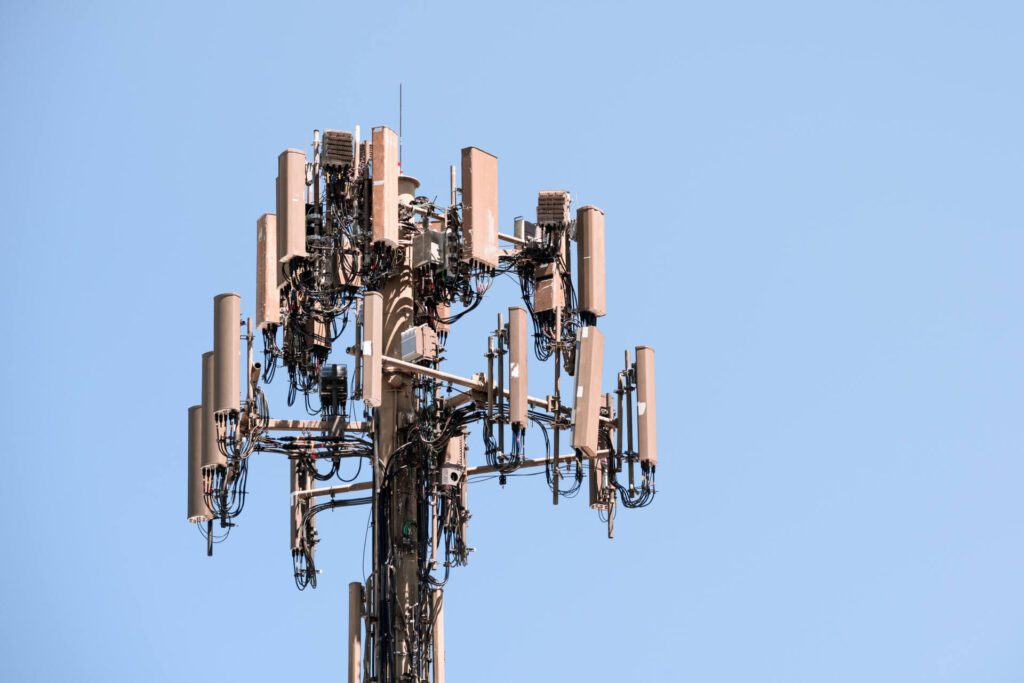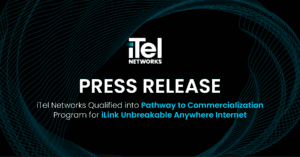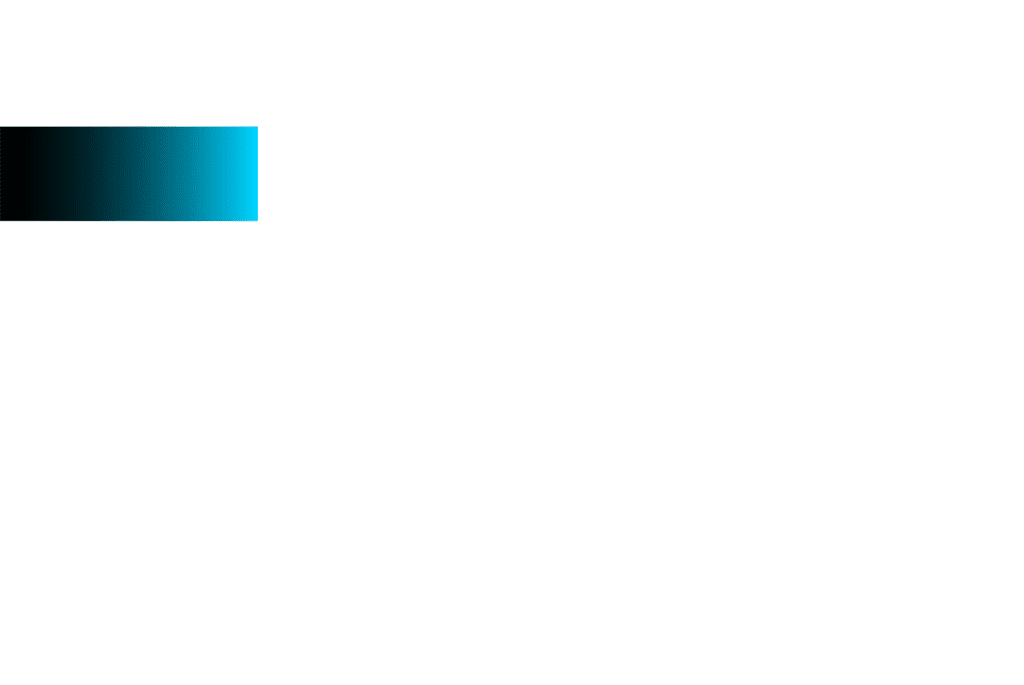Wireless internet, wi-fi, fixed wireless, 4G, 5G and LTE…what do all these terms mean? These terms sound familiar and simple when they’re thrown around in marketing materials. However, the truth is that few take the time to understand the terminology and what each could mean for business decisions.
What does “Wireless Internet” Really Mean?
At the highest level, “wireless” is an umbrella term that covers a range of connections and terminology. Loosely, it is a connection free of wires. Common types of wireless internet connection-types include 3G/4G/5G, LTE, Satellite Internet, and Fixed Wireless.
Most businesses and homes are set up for devices to connect wirelessly, but remember that while your device is free of wires, the type of internet connection is not. Physical wires (cable, telephone, or fibre optic) deliver the internet connection to your router, which then broadcasts a wireless signal.
What are 3G, 4G and 5G?
These terms are often listed next to the signal strength icon on your mobile devices, which makes them familiar to a lot of people. To understand these terms, let’s start by recognizing that the “G” in each term stands for each “generation” of mobile internet networks as defined by a set of network standards through the years.
1G is where it all started. Launched in the 80s, 1G was a voice-only, analog cell phone service (2 kbps) that inspired today’s ideas around mobile communication and internet accessibility.
2G was introduced in the 1990s and saw signals switch from analog to digital. With increased speed capabilities (14 – 64 kbps), 2G launched cell phone technology to a mass market.
The late 90s saw the rollout of 3G networks, with significantly more – and faster – data and voice capacity. 3G revolutionized our device use with the onset of smartphones but has since been bypassed by faster networks. With speeds of about 2 Mbps, 3G is considered a slow network.
Evolving through the 2000s, 4G offered even greater speeds (1000 Mbps – 1 Gbps). These networks were built to bring high speed, high quality, high capacity and better security to users. The two key standards of 4G were WiMAX and LTE technology, with LTE taking the lead with upgrades and widespread growth. Learn more about LTE below.
The latest and greatest fifth-generation – 5G – is growing wireless connectivity even further with faster data rates and higher connection density (1 Gbps – 35 Gbps). By utilizing multiple bands at once, 5G provides reduced latency and packet loss in addition to faster speeds. This makes 5G a great choice for businesses operating in rural or remote locations! 5G network roll-outs are underway across the globe.
Check out OOKLA’s interactive map tracking 5G rollouts in cities across the world.
What is LTE?
Long Term Evolution, or LTE, is technology within the 4G standards for wireless communications. The introduction of LTE technology paved the way for the resizing and simplification of network architecture. LTE upgraded the speeds and capacity of wireless data based on signal processing and modulations design which transfers data into an IP system.
LTE is often marketed as separate from 4G but is actually an enhancement within the 4G standards. Decreased traffic with data transmission means that LTE allows for more users to work on the same frequency, as well as enabling higher data transfer rates that maximize upload and download speeds. In summary, LTE is a faster continuum of 4G technology and standards.
It’s also worth noting that LTE isn’t just for personal devices anymore. LTE has evolved into an excellent option for business networks too. Business LTE internet offers a strong alternative to Satellite and Fixed Wireless Internet solutions. Business LTE is widely available across Canada and offers versatility, security, and reliability for some of the most challenging locations.
What is Satellite Internet?
Satellite Internet is just that – a wireless internet connection delivered via a satellite connection. A common solution in rural areas, this is often the only option when other types of internet are not available. Data signals need to travel thousands of kilometres and will undoubtedly encounter interference from weather and physical objects between each data point, which impacts speeds and uptime. The good news is that satellite internet has no competition for bandwidth and can be an affordable solution for those with limited options and budgets.
New innovations – including Low Earth Orbit (LEO) satellite networks – are dramatically improving the speed and performance of satellite internet offerings. LEO satellites orbit significantly lower in the atmosphere, reducing the potential interference. They also exist in greater numbers, orbiting in a networked fleet instead of as a solitary device. Despite their improved connectivity, signals can still be intermittent – as one satellite passes by, bandwidth can drop until the next one is overhead. These options are a great choice for rural and remote locations, especially as part of a bonded solution in tandem with 5G/LTE circuits.
What Does “Fixed” Wireless Internet Mean?
Fixed Wireless Internet is another common solution in rural areas as well as locations with other barriers. Instead of a wired connection (telephone, cable, or fibre), a fixed wireless internet connection delivers the data signal to your location via a receiver that accepts radio waves from a nearby base station.
Fixed Wireless Internet is often used to extend a network when laying cables isn’t possible – or cost-effective. It can overcome physical obstacles (like a river or train tracks) and save the provider the expense of laying cables to a sparsely populated area. Fixed Wireless Internet provides stronger signals and more stability than satellite connections, but can still be affected by interference. Weather conditions and line of sight impediments between the receiver and base station can all impact the signal strength.
Where Do We Go From Here?
There are a lot of terms that fall under the broad “wireless” umbrella and the good news is that experts like iTel can help you navigate these solutions. Our team will ensure that you meet your business goals with the right technology stack. Let’s Connect.





